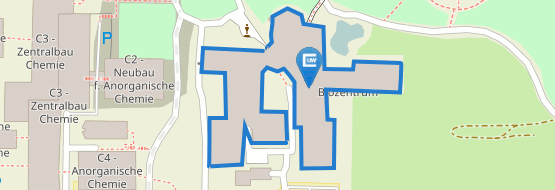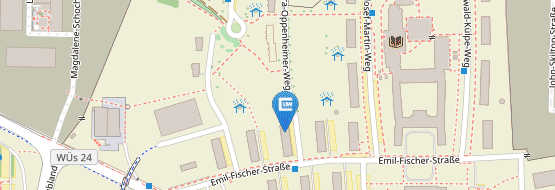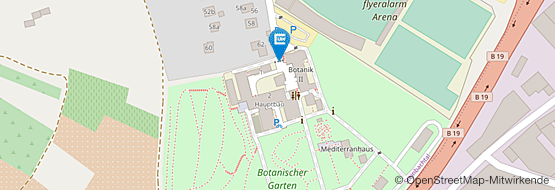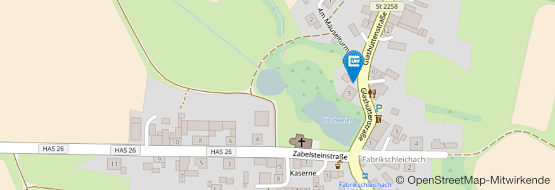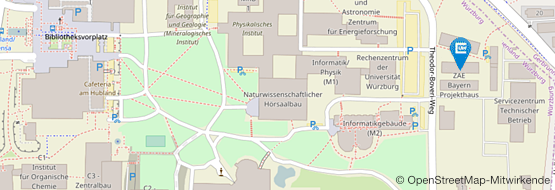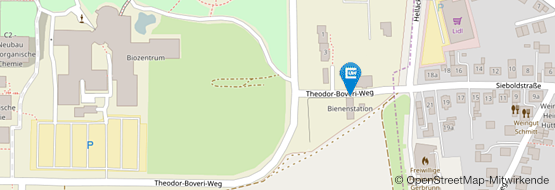How Photoblueing Disturbs Microscopy
02/26/2021
An undesirable effect can occur in super-resolution fluorescence microscopy: photoblueing. A new publication in „Nature Methods“ shows how it can be prevented or made useful for research.
more





